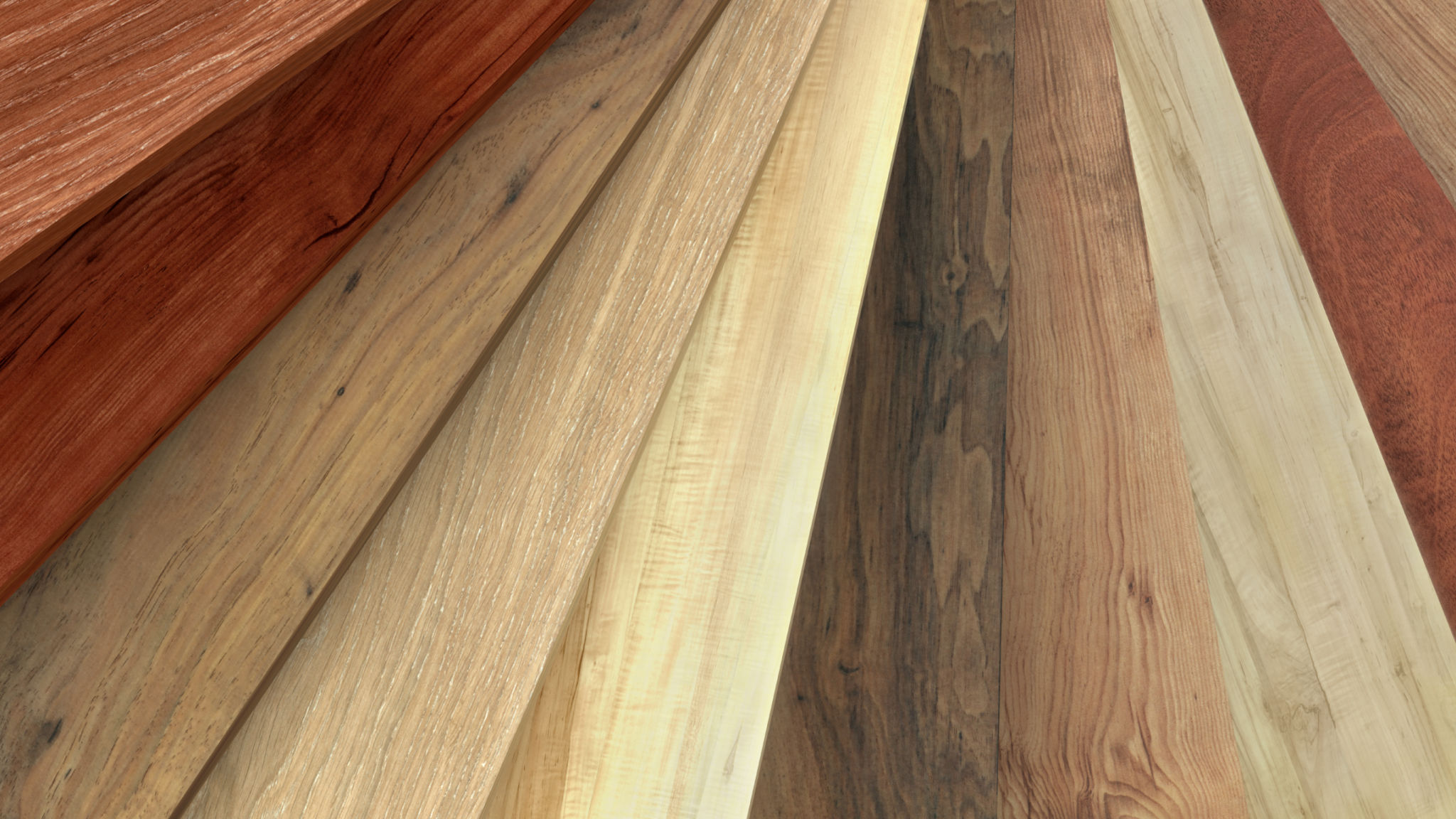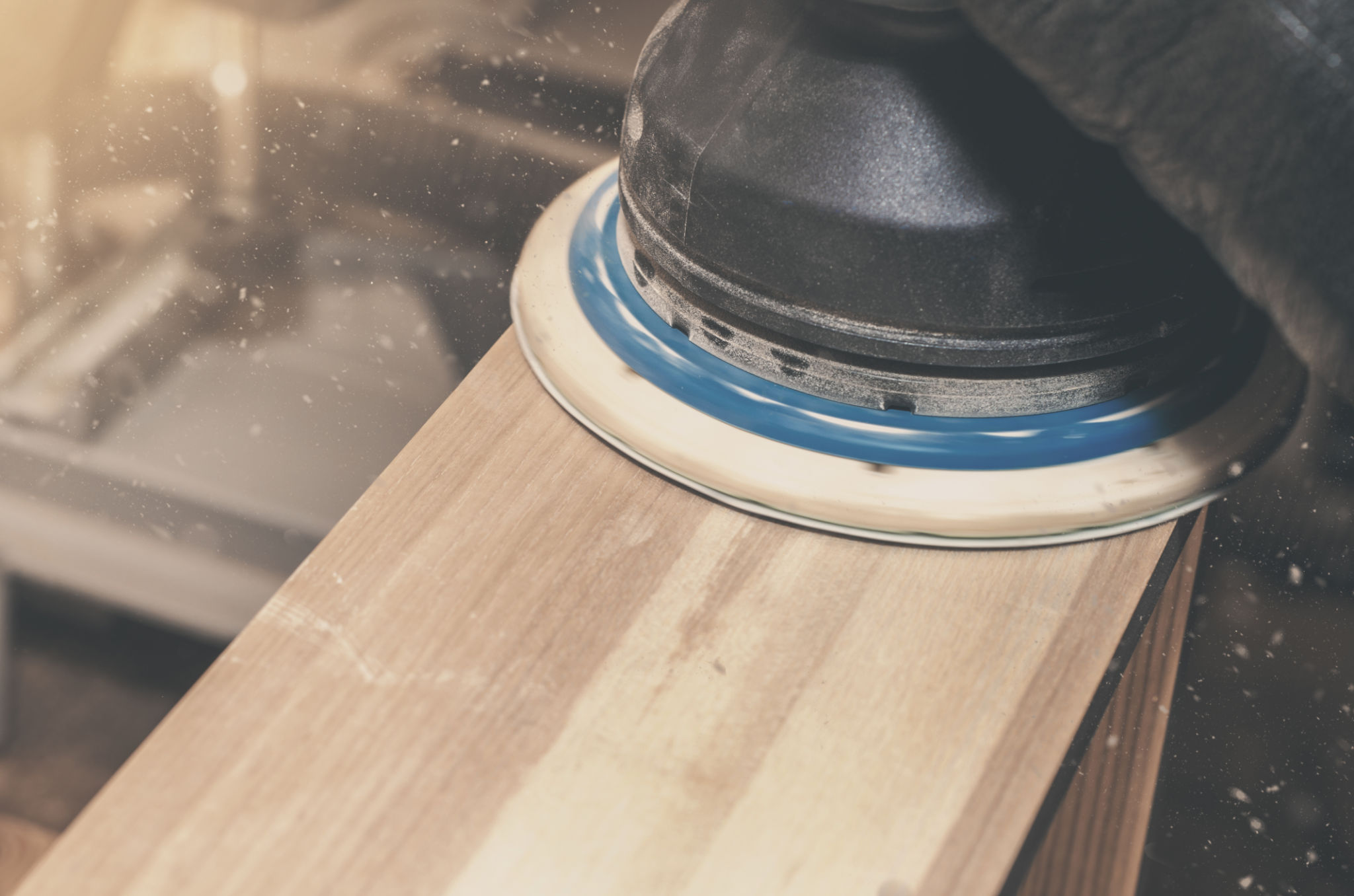Choosing the Right Wood Stain: A Comprehensive Guide
Understanding Wood Stains
Wood stain is a crucial element in woodworking, offering both aesthetic appeal and protection to wooden surfaces. Choosing the right wood stain involves understanding the types available and how they can enhance the natural beauty of the wood. Whether you’re a DIY enthusiast or a seasoned professional, selecting the perfect stain can transform your project.

Types of Wood Stains
There are several types of wood stains, each offering unique benefits. The most common types include oil-based, water-based, gel stains, and lacquer. Oil-based stains penetrate deeply into the wood, providing rich color and enhanced durability. They are ideal for outdoor projects due to their moisture-resistant properties.
On the other hand, water-based stains are known for quick drying times and low odor, making them perfect for indoor use. They also offer a wide range of color options and are easy to clean up with soap and water. Gel stains provide a thicker consistency that sits on top of the wood, making them suitable for vertical surfaces or furniture with intricate details.
Choosing the Right Stain Color
When it comes to choosing a stain color, consider the type of wood and the desired finish. Light woods, like pine or birch, can benefit from darker stains to highlight their grain patterns, while darker woods such as mahogany or walnut may only require a light stain to enhance their natural beauty. It’s often helpful to test stains on a small area to see how they interact with the wood.

Matching Stain with Wood Type
The species of wood significantly affects how a stain looks once applied. For example, hardwoods like oak and cherry absorb stains differently than softwoods like pine or cedar. Understanding these differences can help achieve a more consistent finish across your project.
Preparing Your Wood Surface
Proper preparation is essential for achieving a smooth and even finish. Begin by sanding the wood surface to remove any rough spots or blemishes. Start with a coarse grit sandpaper and gradually move to a finer grit for a polished finish. After sanding, clean the surface thoroughly to remove any dust or debris before applying the stain.

Application Techniques
Applying wood stain requires attention to detail for the best results. Use a brush or cloth depending on the type of stain and follow the wood grain to avoid streaks. Applying multiple thin coats can often yield better results than one thick coat, allowing you to control the color intensity gradually.
Sealing and Protecting Your Work
Once you’ve achieved the desired color with your stain, sealing the wood is crucial for long-term protection. A clear sealant not only preserves the color but also adds a layer of protection against moisture and wear. Options include polyurethane, varnish, or shellac, each offering varying levels of protection and sheen.
By following these guidelines, you can ensure that your wood projects are not only visually appealing but also durable and long-lasting. Whether revamping an old piece of furniture or embarking on a new build, choosing the right wood stain can make all the difference.